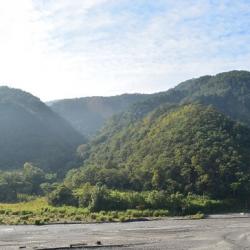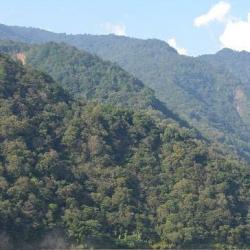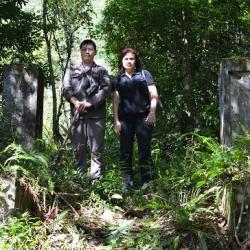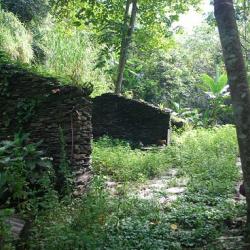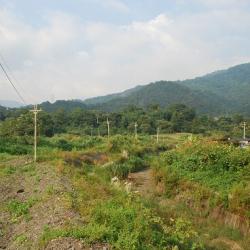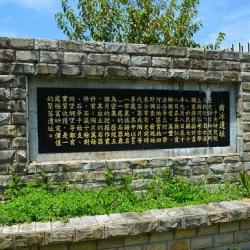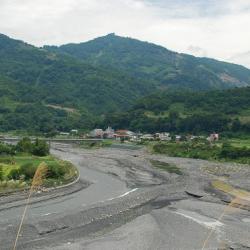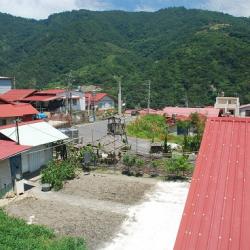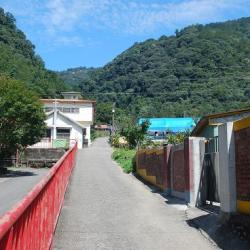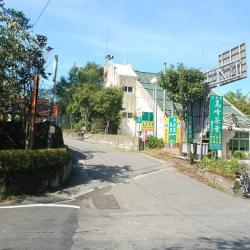Ganzhuwanshe is located on the river terrace on the right bank of Zhuoshui River in the upper reaches of Wujie in Ren’ai Township, Nantou County, where the No.1 Fazhi Suspension Bridge is at today. It is at an altitude of 780 meters, and was an old hamlet of the Bunun from the Zhuoshe group. During the Japanese occupation, the Wanda Kashe Historic Trail passed by the old hamlet and in 1913, the Government-General in Taiwan set up the Ganzhuowan Police Post above the hamlet.
